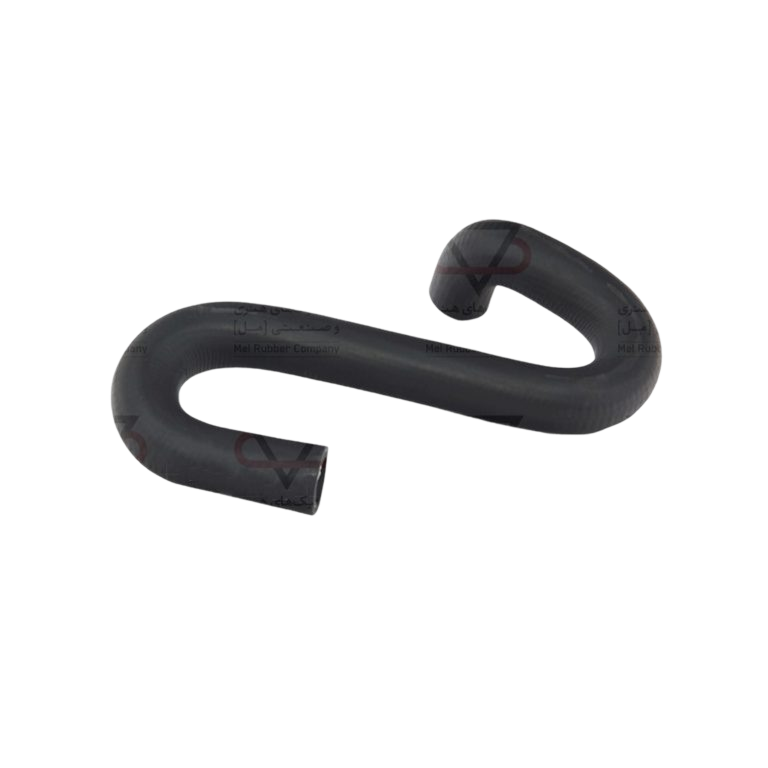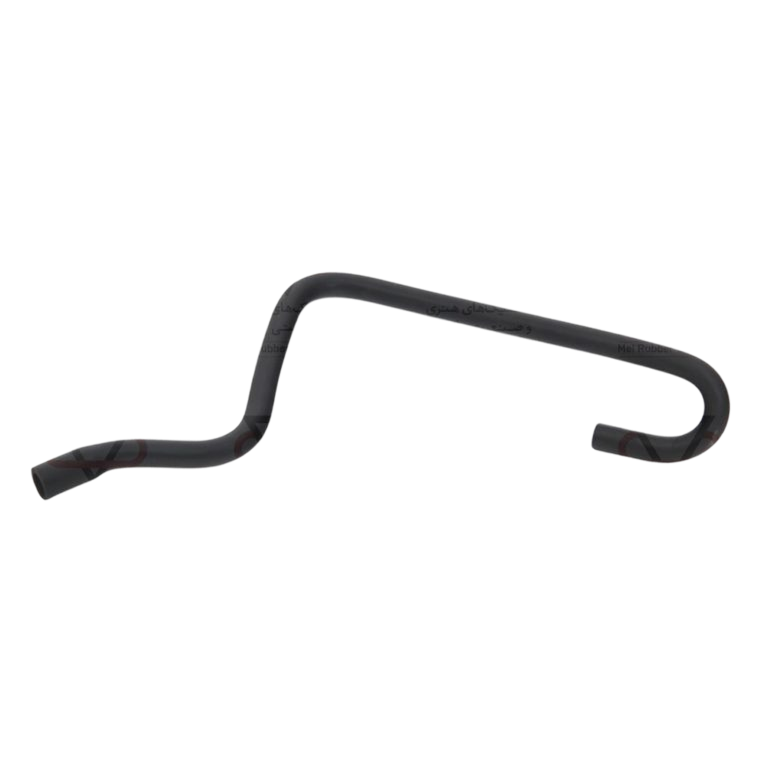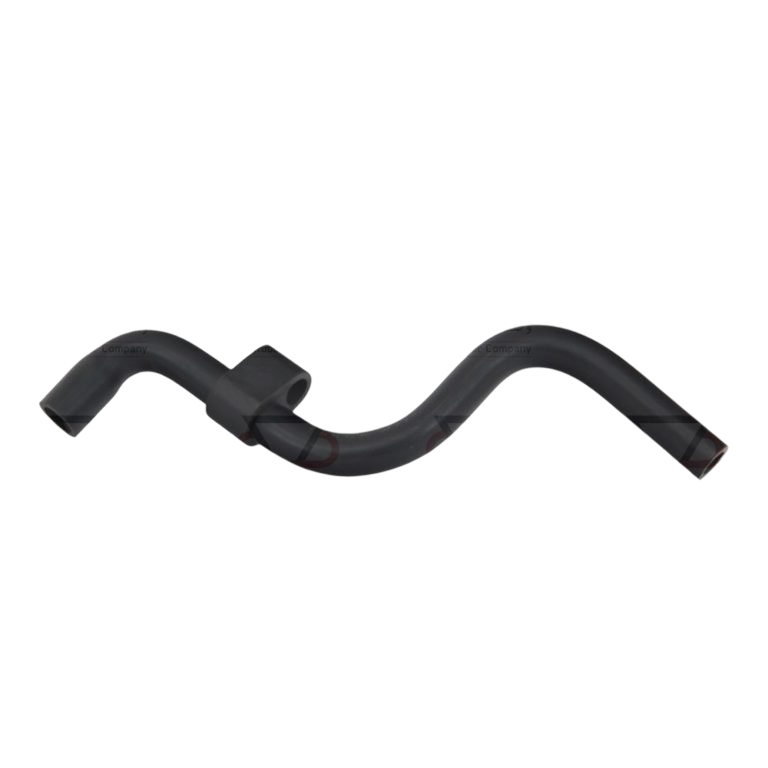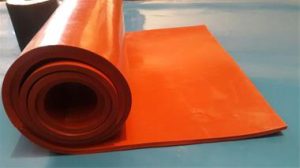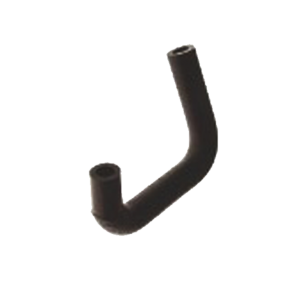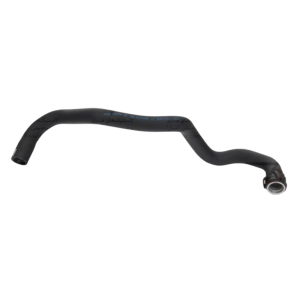
Key Points in Purchasing the Ideal Tire
Buying New Tires
Purchasing new tires is always one of the main concerns for those whose vehicle tires have worn out and need replacement. To ensure the safety and optimal performance of the vehicle, attention must be paid to the condition of the tires. Faulty tires can compromise both safety and vehicle performance.
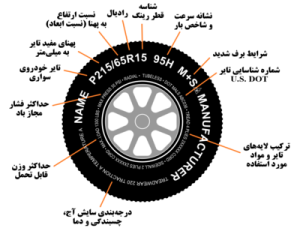
What Do the Numbers and Letters on Tires Mean?
Tire identifiers indicate their key characteristics and are typically described using the tire identifier or the subsequent alphabetical identifier, which is usually engraved on the sidewall of the tire. These tire identifiers show the dimensions of the tire and some important limitations.
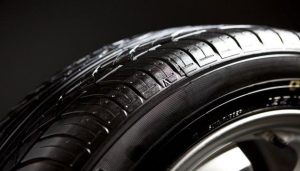
Tire Identifier
The tire identifier shows the tire’s dimensions and some important limitations for its use, such as load capacity and maximum speed. In some cases, the inner or outer sidewall of the tire contains information that is not listed on the other side of the tire. New vehicle tires are often rated for aspects like grip, tire wear, and temperature resistance. However, some pickups and SUVs use a numerical pickup system or light pickup ratings.
National Technical Standards
The DVTA tire identifier is a sequence of text characters engraved on the sidewall of the tire and allows for the identification of tire specifications and its lifespan. This identifier is issued by the U.S. Department of Transportation but is used worldwide.
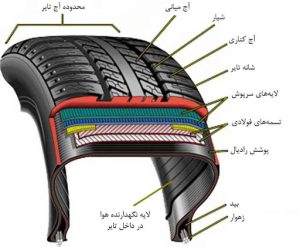
DVI Identification for Tires
DVI can be used to identify tires that come into contact with products or to inform about the tire’s end-of-life status. The recommended method by the British Rubber Manufacturers Association (BRMA), issued in June, emphasizes that “BRMA members are strongly advised not to use tires that are over 5 years old and tires should be replaced 10 years after manufacture.”
Organizations Responsible for Tire Standards
The European Tire and Rim Technical Organization (ETRTO) and the Tire and Rim Association (TRA) are two organizations that enforce national tire standards.
-
ETRTO: Their goal is to establish tire and rim standards in Europe.
-
TRA: Previously known as the Tire and Rim Association of America, this organization coordinates technical standards and is responsible for implementing the Federal Motor Vehicle Safety Standards (FMVSS). Canada also publishes regulations regarding tires, including the Motor Vehicle Safety Tire Regulations (SOR 95-148).
Tire Marking in Europe
All tire identifiers sold for use on European roads after July must have the “E” mark. This tire identifier can be written in either uppercase (E) or lowercase (e). Following the “E” mark, a number appears in a circle or square, and then another shape is included. The uppercase “E” signifies that the tire has received ECE certification for dimensions, performance, and marking. The number within the circle or square indicates the country code that issued the tire approval. The last number outside the circle or square is the certification number for the tire, indicating the type and size for which the certification was granted.
DVI Identification for Tires
DVI can be used to identify tires that come into contact with products or to inform about the tire’s end-of-life status. The recommended method by the British Rubber Manufacturers Association (BRMA), issued in June, emphasizes that “BRMA members are strongly advised not to use tires that are over 5 years old and tires should be replaced 10 years after manufacture.”
Organizations Responsible for Tire Standards
The European Tire and Rim Technical Organization (ETRTO) and the Tire and Rim Association (TRA) are two organizations that enforce national tire standards.
-
ETRTO: Their goal is to establish tire and rim standards in Europe.
-
TRA: Previously known as the Tire and Rim Association of America, this organization coordinates technical standards and is responsible for implementing the Federal Motor Vehicle Safety Standards (FMVSS). Canada also publishes regulations regarding tires, including the Motor Vehicle Safety Tire Regulations (SOR 95-148).
Tire Marking in Europe
All tire identifiers sold for use on European roads after July must have the “E” mark. This tire identifier can be written in either uppercase (E) or lowercase (e). Following the “E” mark, a number appears in a circle or square, and then another shape is included. The uppercase “E” signifies that the tire has received ECE certification for dimensions, performance, and marking. The number within the circle or square indicates the country code that issued the tire approval. The last number outside the circle or square is the certification number for the tire, indicating the type and size for which the certification was granted.
Explanation of tire identifier
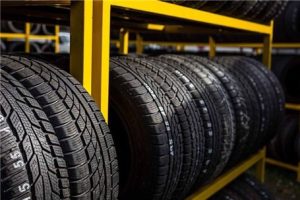
ISO Metric Tire ID
The ISO Metric Tire ID includes a sequence of letters and numbers as follows:
1. Class of Vehicle (First Letter or Letters)
-
P: Passenger vehicle (passenger car).
-
LT: Light truck (light-duty truck).
-
ST: Special trailer (special-purpose trailer).
-
T: Temporary (specifically for “space saver” tires).
The letter P in the tire ID indicates that the tire was designed based on TRA standards. The absence of this letter indicates that the tire was designed and manufactured according to ETRTO standards.
In practice, the standards of these two organizations are fairly interchangeable, but since the load index differs between the two standards for a specific tire size, they are not always completely interchangeable.
2. Nominal Cross-Section Width (in mm)
The second number in the tire ID is the nominal cross-section width, measured in millimeters. This is the widest point of the tire’s external edges (from sidewall to sidewall). The tread area that comes in contact with the road typically has a narrower width.
3. Aspect Ratio
This is a 1- or 2-digit number that represents the aspect ratio of the sidewall height, expressed as a percentage of the nominal width of the tire. If this number is not specified, the default is 1% (if written, it should be written as xxx/1).
If the number is greater than 1, it represents the overall diameter of the tire in millimeters.
4. Speed Rating
A letter indicating the speed rating of the tire, typically placed at the end of the ID string, after the load index. For example:
-
Z indicates that the maximum speed is over 240 km/h (149 mph).
-
W or Y can also be used to show ratings for speeds above 240 km/h.
5. Tire Structure
A letter is used to indicate the tire construction type:
-
B: Bias ply (for tires designed for smoother ride characteristics in cars).
-
D: Diameter.
-
R: Radial (the most common tire construction for both passenger and heavy-duty vehicles).
If there is no character in this section, the tire construction is assumed to be the bias ply (cross-ply) design.
6. Tire Diameter
The 1 or 2-digit number following the tire structure indicates the tire diameter, which is typically measured in inches. There is a rare exception for tires with metric diameters, in which case the number can be, for example, a 2-millimeter number.
Some tires may have decimal sizes, such as many heavy-duty transport trucks using 1.5-inch tires today.
7. Load Index
The Load Index is a number indicating the maximum load the tire can support. Some light trucks and vans have tires approved for “dual service,” meaning the tires can be used as singles or pairs. In these cases, two load index numbers are specified, one for single use and one for dual use.
Tires that do not have this specification are not suitable for dual use, and their safety may not be adequate when used as a pair.
8. Tire ID Chart for Light Trucks and Vans
Some light trucks and vans follow a numerical identification system, with the letters LT used at the end of the tire ID to indicate the tire is specifically for light trucks or vans.
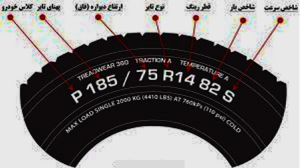
Tire Diameter in the Above Floating System (Numeric Identification System)
In the system mentioned above, the tire diameter is included, but in tires without the numeric identification system, the tire diameter is represented by a 2-digit number: the tire diameter in inches.
x: Separator for characters.
3- or 4-Digit Number: In the tire ID, the section width (cross-section) of the tire in inches. If the tire diameter is not specified, the section width that ends in a zero (e.g., 7.00 or 10.50) indicates a 92% aspect ratio, and if the section width does not end in zero (e.g., 7.05 or 10.55), it indicates an 82% aspect ratio. These aspect ratios may differ among products from different manufacturers today.
Tire Structure on the Car in Tire ID:
-
B: Bias ply (for tires designed for smoother ride characteristics in cars).
-
D: Diameter.
-
R: Radial.
2-Digit Number: The tire ID includes the wheel diameter in inches, for which the tires are designed. LT: Indicates that the tire is designed for light trucks and vans. The inclusion of load index and speed rating is not mandatory for some sizes, but for tires approved for use on roads and highways, these identifiers must be included.
2- or 3-Digit Number: Load Index.
1- or 2-Character Combination of Numbers or Letters: Speed Rating.
Additional Marks
For example, if the tire size consists of two sets of numbers (12-6, 15-5.00, 24-11.2), the first number (15-5.00) indicates the approximate section width in inches, and the second number (15-5.00) indicates the appropriate rim diameter in inches.
If the tire size consists of three sets of numbers (15×6.00-6, 12×12.00-26, 15×15.50-31), the first number (26×12.00-12) indicates the approximate height in inches, the second number (12-26 x 12.00 inches) indicates the rim diameter, and the third number (x 12.00) shows the appropriate width in inches.
Load Index
The Load Index in a passenger car tire includes a numeric identifier that specifies the maximum load (weight or mass) that the tire can carry. They are measured with 36 psi (250 kPa) air pressure, while P-Metric standards measure load capacity at 35 psi (240 kPa). These two standards have slight differences in load capacity for different air pressures. All tires under the ETRTO standard with the same load index will have the same maximum permissible load, but tires under the P-Metric standard with the same load index may have different load capacities depending on tire size.
When comparing the load capacity of P-Metric tires in TRA air pressure tables, decisions should always be made with consultation. Considering the load index alone is not enough to identify the proper tire. For example: A standard P205/50R15 tire with a load index of 84 and a load capacity of 505 kg (1113 lbs) at 35 psi (240 kPa) is different from a P215/50R13 tire with the same load index of 84, which only has a load capacity of 495 kg (1091 lbs) at 35 psi (240 kPa), based on their speed rating and the vehicle’s maximum speed (excluding spare tires for temporary use).
In some parts of the European Union, it is illegal to use tires that are not suitable for the maximum speed of a vehicle or motorcycle. The only exception is M+S tires, which, if used, must have a warning label indicating the maximum allowable speed inside the tire, which must be visible to the driver. Some manufacturers, if the buyer orders tires with a lower speed rating than the vehicle’s maximum speed, may install a speed limiter on the vehicle. In some EU countries, such as Germany, the use of tires with a lower speed rating is permitted, provided that the vehicle manufacturer specifies in the registration documents that high-speed-rated tires are required, and the vehicle cannot reach these speeds due to insufficient power.


